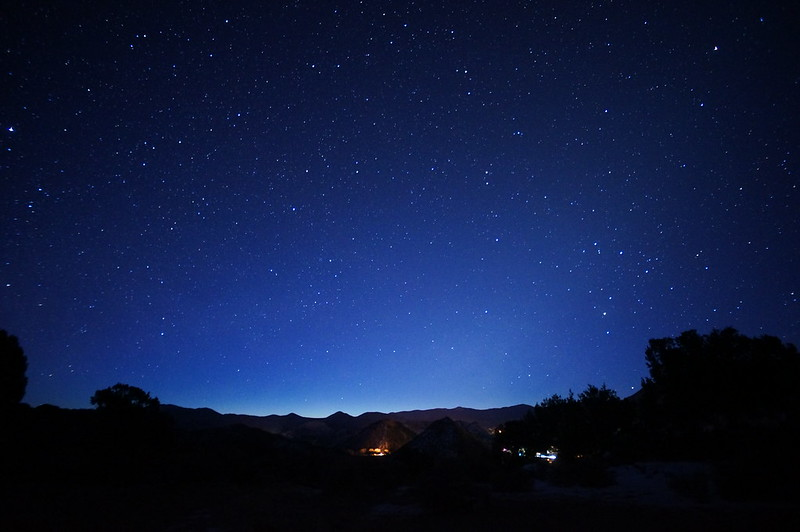On average, through the year, there are 12 hours when the Sun is above the horizon – but that doesn’t mean 12 hours of light. Although it might not seem like it for Northern Hemisphere residents heading into the depths of winter, we get some extra time when the sky stays light, something that was crucial for humans before the invention of electric lighting.
Although this period between sunset and full dark is popularly known as twilight, this has been subdivided into three. In certain circumstances, it can be important to know the difference.
Civil twilight
The first period after sunset is called civil twilight. It’s also the last period before sunrise – make your own adjustments from here if you’re ever up before dawn, it ends with the time known as civil dusk. This is followed by nautical twilight, ending at nautical dusk. Finally, there is astronomical twilight, whose closure is technically astronomical dusk, but most people just call night.
The significance of the three is that, during civil twilight, it is expected there is enough light around that artificial streetlights are not needed. How long civil twilight lasts, according to this definition, is highly variable. After all, when the clouds are dark enough, we can need lighting to make the streets safe even when the Sun is above the horizon. However, if you want people to be able to plan around civil twilight, you can’t leave it in the hands of the weather gods.

The plaza in front of Brussels’ Grand Palace is lit up artificially, but being civil twilight this isn’t really necessary yet.
Image Credit Trougnouf (Benoit Brummer) CC-By-4.0
The obvious option would be to define the twilights by time after sunset, but this wouldn’t work everywhere. At high latitudes, the light can linger in summer long after the Sun has set. On the other hand, in the tropics, civil twilight can be over in less than half an hour.
The solution has been to define civil twilight as the point where the Sun is 6 degrees below the horizon. The advantage of this is that, for any location on the planet, you can calculate when this will occur far in advance. On the downside, it means there is no allowance for the aforementioned weather.
Nautical twilight
Nautical twilight is defined as the point where the Sun is 12 degrees below the horizon, which conveniently means it occurs twice as long after sunset as civil twilight.
As you might have guessed, the definition of night is when the Sun is at least 18 degrees below the horizon.
At high latitudes, the fact that in summer the Sun may never get far below the horizon leads to days without true nights. “White nights” are defined as the point where the whole period when the Sun is down is made up entirely of civil twilight.
Anyone can see that twilight gets darker as it goes on, but you may be wondering why one needs to create formal subdivisions. The reason is that can be useful for planning and legal purposes. In some countries, hunting is restricted to daytime and civil twilight to avoid the risk of shooting someone or something you shouldn’t. Others use civil twilight to define when planes can land or headlights must be used.
Nautical twilight got its name from the point where enough stars become visible enough to navigate by them. Before GPS, sailors didn’t need to be able to see the full glory of the Milky Way to find their way, instead relying on specific bright stars that could be seen (clouds permitting) by the time nautical dusk came around.
Astronomers, however, are often chasing fainter targets, including more spread-out ones like nebulae. For them, it’s often only when astronomical dusk occurs that they can get to work.

During astronomical twilight, it is not yet fully dark, but it’s close enough you can see hundreds of stars if away from the city
Image Credit: Mike Lewinski CC By 2.0
Astronomical twilight
Astronomical twilight can be particularly relevant when chasing comets, whose diffuseness makes them particularly difficult to see against a sky that isn’t fully dark.
Comets are brightest on the closest part of their orbit to the Sun. Usually, this means they’re also close to the Sun in the sky from our perspective, and only above the horizon during daylight or twilight. This weekend has a rare exception, when comet C/2023 H2 (Lemmon) will be visible in binoculars late into the night in the Northern Hemisphere. If you’re trying to work out if it’s worth comet hunting, knowing whether it will be setting before or after astronomical twilight is quite useful.
Source Link: Why Are There Three Different Twilights And How Long Do They Last?